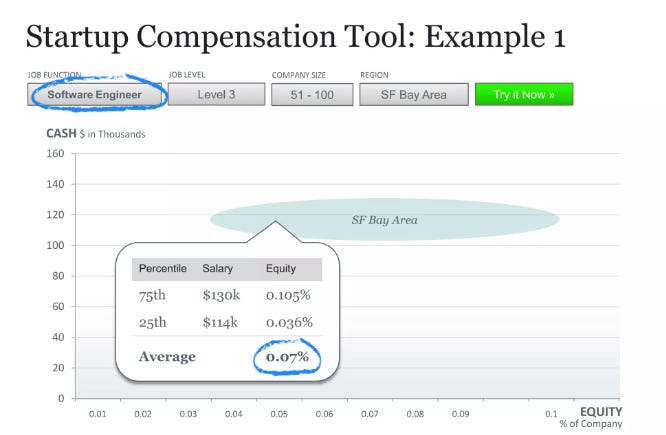Get the latest tech news
A Beginner's Guide to the ESP8266 (2017)
, 08-03-2017 Some time ago, I wrote a Beginner's Guide to Arduino that seems to be very popular, so I decided to create a follow-up: A Beginner's Guide to the ESP8266. That's right, a tutorial on how to use the world's most popular $3 Wi-Fi board.
A short overview of what an ESP8266 is, and what you can do with it Deciding on what board to buy: There's loads of different ESP8266 available these days, finding the one that's best for you can be hard Installing the software: you need to install some software to program the ESP8266, and maybe a USB driver Setting up the hardware: some modules and boards need some external components The ESP8266 as a microcontroller: the ESP8266 can be used as a normal microcontroller, just like an Arduino Network protocols: Before we start using the Wi-Fi capabilities of the ESP8266, I'll teach you some of the network protocols involved Setting up a Wi-Fi connection: That's probably why you're reading this, right? Name resolution: Find the ESP8266 on your local network using mDNS Setting up a simple web server: This enables you to add web pages to the ESP8266, and browse them from your computer or phone Setting up an advanced web server: a more advanced server with a real file system that allows you to upload new files over Wi-Fi OTA - uploading programs over Wi-Fi: You don't have to upload programs over USB, you can use Wi-Fi instead Wirelessly controlling your RGB lighting: Change the color of your LED strips using your phone or computer Getting the time: Connect to a time server using NTP and sync the ESP's clock Monitoring sensors: log the temperature in your living room, save it in flash memory and show it in a fancy graph in your browser Getting email notifications: Turn on a notification light when you've got unread emails Advanced features: use DNS, captive portals, Wi-Fi connector libraries, OSC ... An ESP8266 board A computer that can run the Arduino IDE (Windows, Mac or Linux) A USB-to-Serial converter, it is very important that you use a 3.3V model* A USB cable A 3.3V power supply or voltage regulator* A Wi-Fi network to connect to
Or read this on Hacker News
